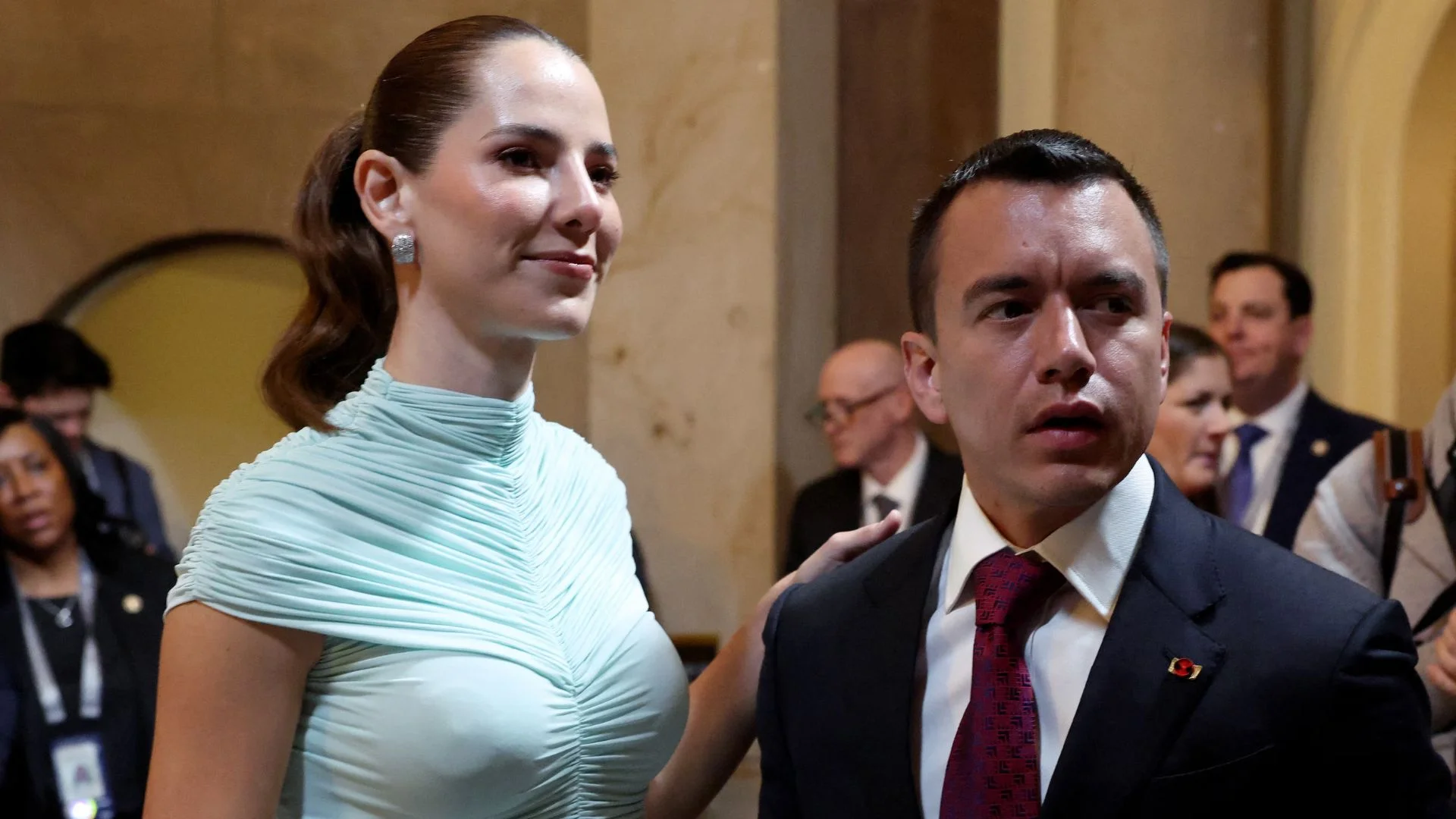The 2024 United States presidential election is drawing global attention. Here’s a comprehensive A-Z guide to understand the essential terms, processes, and figures shaping this pivotal election.
A to Z of the 2024 US Election
A – Absentee Ballot
Absentee ballots allow registered voters who can’t be at polling places to vote by mail. This option is especially popular among military personnel and citizens living overseas.
B – Border
The U.S.-Mexico border is a central campaign issue, with immigration policies hotly debated by candidates and voters alike.
C – Campaign
Campaigns are organized by candidates to promote policies and rally voter support, employing rallies, advertisements, and debates to build momentum.
D – Donald Trump
Former President Donald Trump is running again, with his policy stances on immigration and economic growth heavily influencing the Republican base.
E – Electoral College
The Electoral College, a unique feature of U.S. elections, consists of electors from each state who formally choose the president based on state voting results.
F – Fundraising
Fundraising fuels campaign activities, with candidates raising substantial sums to fund ads, events, and other outreach initiatives.
G – General Election
Held every four years in November, the general election is when Americans vote for their next president and other key leaders.
H – House of Representatives
If no candidate wins a majority in the Electoral College, the House of Representatives votes to decide the president from the top three candidates.
I – Inauguration
The inauguration marks the official start of a new administration, with the president and vice president taking their oaths on January 20.
J – January 6
The January 6, 2021, Capitol attack remains a significant reference point in the 2024 campaigns, influencing discussions on security and democratic integrity.
K – Kamala Harris
Vice President Kamala Harris is running as the Democratic candidate, emphasizing healthcare, immigration reform, and social justice.
L – Lobbying
Lobbyists work to influence lawmakers and candidates on various issues, with figures like Elon Musk advocating for certain policy directions.
M – Media
Media outlets play a crucial role in shaping public perceptions, with coverage on both traditional and social platforms impacting voter opinion.
N – Nominee
A nominee is the official candidate a party selects to represent it in the election, decided at each party’s national convention.
O – Opinion Polls
Opinion polls gauge public support for candidates, especially critical in swing states where races are closely contested.
P – Primary Elections
Primaries allow each political party to choose its candidate for the general election, often setting the tone for the race ahead.
Q – Qualifying Polls
Candidates need to meet specific standards in these polls to gain debate access, influencing their visibility in the campaign.
R – Running Mate
A running mate is the vice-presidential candidate who campaigns alongside the presidential nominee, appearing on the ballot as a team.
S – Super PAC
Super PACs can raise and spend unlimited amounts to support or oppose candidates, though they cannot coordinate directly with campaigns.
T – Turnout
Voter turnout is the percentage of eligible voters who cast ballots, viewed as a measure of democratic engagement.
U – Undecided Voters
Undecided voters are a focus for campaigns, especially in key swing states, as they often decide election outcomes.
V – Voter Registration
Voter registration is a prerequisite for voting, with state-specific requirements impacting overall turnout rates.
W – Write-In Candidate
A write-in candidate is not listed on the ballot but can receive votes from voters who write in their names.
X – Exit Poll
Exit polls gather data as voters leave polling stations, offering early insights into election trends and demographic breakdowns.
Y – Youth Vote
The youth vote (ages 18-29) has the potential to sway election outcomes, with issues like climate change and student debt high on their agenda.
Z – Zelenskyy
Ukrainian President Volodymyr Zelenskyy’s concerns over U.S. foreign policy towards Russia and Ukraine make this an international election issue.
Conclusion
With these A-Z insights, you’ll be well-prepared to understand the most critical issues and terms shaping the 2024 US presidential election, as the world awaits another impactful decision from American voters.






















